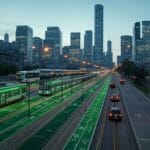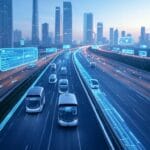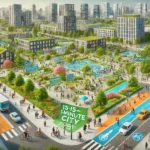In today’s interconnected world, the terms “logistics” and “mobility” are often used interchangeably, especially in conversations about transportation and supply chain management. However, they refer to distinct concepts with unique roles in the movement of goods and people. Understanding the differences between logistics and mobility is crucial for businesses, urban planners, and policymakers as they seek to optimize the flow of resources and improve transportation efficiency. In this blog post, we will explore the key differences between logistics and mobility, along with problem descriptions and how innovative solutions are addressing these challenges. Each problem will be accompanied by an illustration to clarify these differences visually.

What is Logistics?
Definition:
Logistics refers to the detailed planning, implementation, and management of the movement of goods, services, and information from the point of origin to the point of consumption. It encompasses transportation, warehousing, inventory management, packaging, and handling, with a strong focus on optimizing processes for cost efficiency and timeliness.
Key Functions:
- Transportation of goods
- Inventory management
- Warehousing and storage
- Packaging and distribution
Problem Description: Optimizing Delivery Networks for Goods Movement
In logistics, one of the primary challenges is optimizing delivery networks to ensure that goods move from warehouses to customers as efficiently as possible. This involves not only choosing the best transportation modes (trucks, ships, airplanes) but also dealing with variables like fluctuating fuel costs, traffic congestion, and unpredictable demand patterns.
Innovative Solution: Predictim Globe’s AI-Powered Logistics Optimization
AI-powered solutions like Predictim Globe’s logistics optimization tool use machine learning algorithms to analyze historical and real-time data to optimize delivery routes, inventory levels, and warehouse locations. This helps logistics providers reduce costs, shorten delivery times, and minimize environmental impact.
What is Mobility?
Definition:
Mobility refers to the movement of people and the systems that facilitate this movement, including public transportation, ridesharing services, personal vehicles, and infrastructure like roads, bike lanes, and public transit systems. Mobility focuses on improving the accessibility and convenience of transportation for individuals, primarily within urban environments.
Key Functions:
- Public transportation systems (buses, trains, etc.)
- Ride-hailing and ridesharing services
- Personal transportation (cars, bikes, scooters)
- Infrastructure planning (roads, transit hubs)
Problem Description: Managing Urban Congestion and Public Transit
One of the primary challenges in mobility is managing urban congestion and creating efficient public transportation systems. As cities grow, they experience increased traffic congestion, pollution, and inadequate public transit systems. This creates challenges for urban planners and governments in making transportation both efficient and sustainable.
Innovative Solution: AI-Driven Mobility-as-a-Service (MaaS) Platforms
AI-driven mobility solutions, such as Mobility-as-a-Service (MaaS) platforms, help integrate different transportation modes into a single system. These platforms analyze real-time data to recommend the fastest and most eco-friendly transportation options for users, whether it’s a combination of walking, cycling, buses, or ride-hailing.
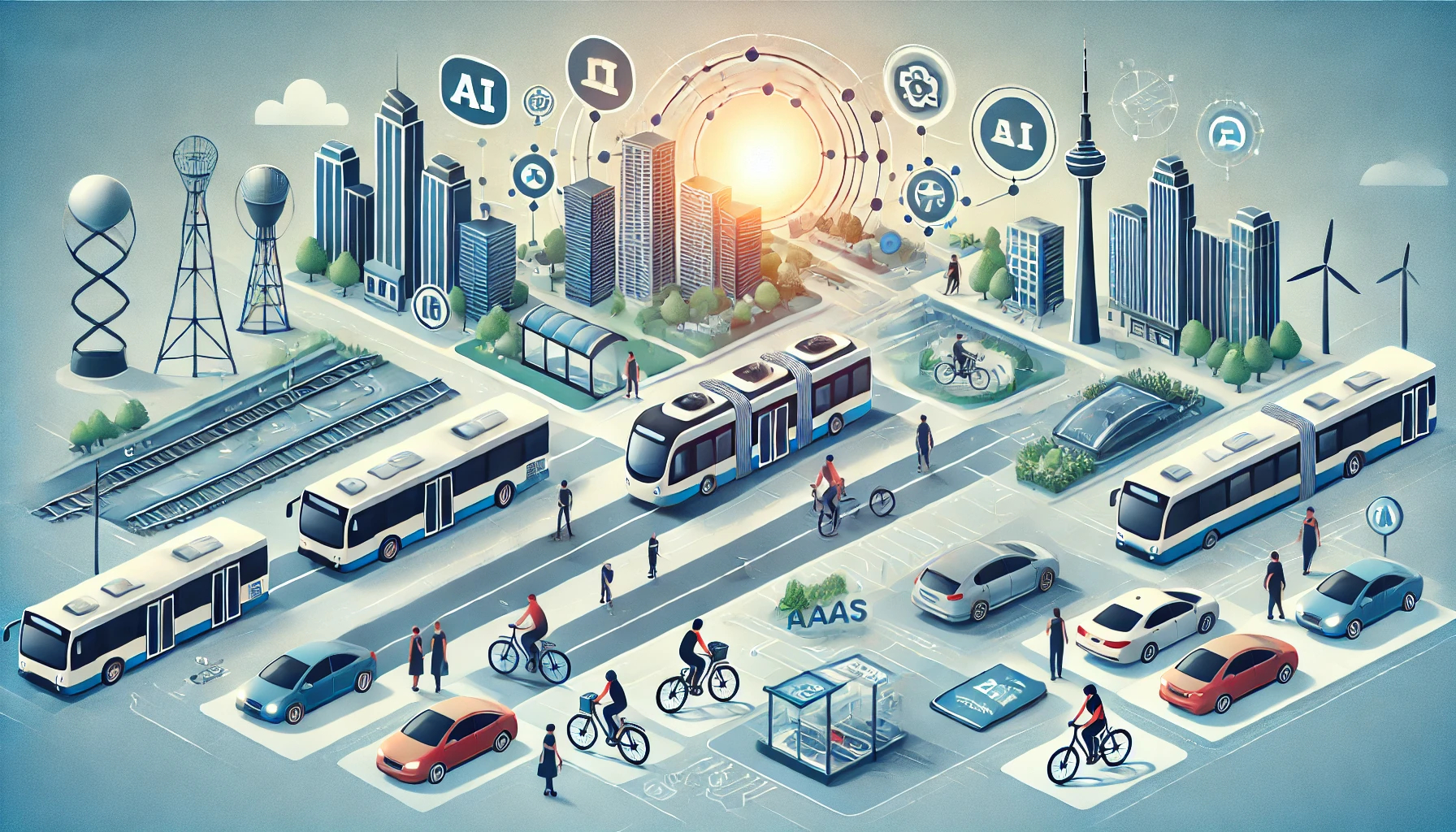
What is Mobility?
Definition:
Mobility refers to the movement of people and the systems that facilitate this movement, including public transportation, ridesharing services, personal vehicles, and infrastructure like roads, bike lanes, and public transit systems. Mobility focuses on improving the accessibility and convenience of transportation for individuals, primarily within urban environments.
Key Functions:
- Public transportation systems (buses, trains, etc.)
- Ride-hailing and ridesharing services
- Personal transportation (cars, bikes, scooters)
- Infrastructure planning (roads, transit hubs)
Problem Description: Managing Urban Congestion and Public Transit
One of the primary challenges in mobility is managing urban congestion and creating efficient public transportation systems. As cities grow, they experience increased traffic congestion, pollution, and inadequate public transit systems. This creates challenges for urban planners and governments in making transportation both efficient and sustainable.
Innovative Solution: AI-Driven Mobility-as-a-Service (MaaS) Platforms
AI-driven mobility solutions, such as Mobility-as-a-Service (MaaS) platforms, help integrate different transportation modes into a single system. These platforms analyze real-time data to recommend the fastest and most eco-friendly transportation options for users, whether it’s a combination of walking, cycling, buses, or ride-hailing.

Logistics vs. Mobility: Key Differences
- Focus:
- Logistics deals with the movement of goods and resources.
- Mobility is centered on the movement of people.
- Infrastructure:
- Logistics involves warehousing, distribution centers, and global transportation networks.
- Mobility focuses on public transportation systems, road networks, and urban infrastructure.
- Optimization Goals:
- Logistics aims to reduce costs and delivery times while ensuring the efficient use of resources.
- Mobility strives to improve access, convenience, and sustainability for travelers.
Problem Description: Balancing Goods Transportation with Urban Mobility
A significant challenge arises when logistics and mobility intersect in urban environments. Delivery trucks sharing the same road space with personal vehicles and public transportation systems can lead to increased congestion, delays, and inefficiency. Balancing these competing needs requires careful coordination and innovative approaches.
Innovative Solution: Urban Freight and Mobility Coordination Platforms
Predictim Globe’s urban freight management systems optimize the scheduling and routing of delivery vehicles in urban areas. By integrating real-time traffic data and public transit schedules, multimodality and synchromodality these platforms help reduce conflicts between freight transportation and personal mobility, easing congestion and improving overall urban flow.
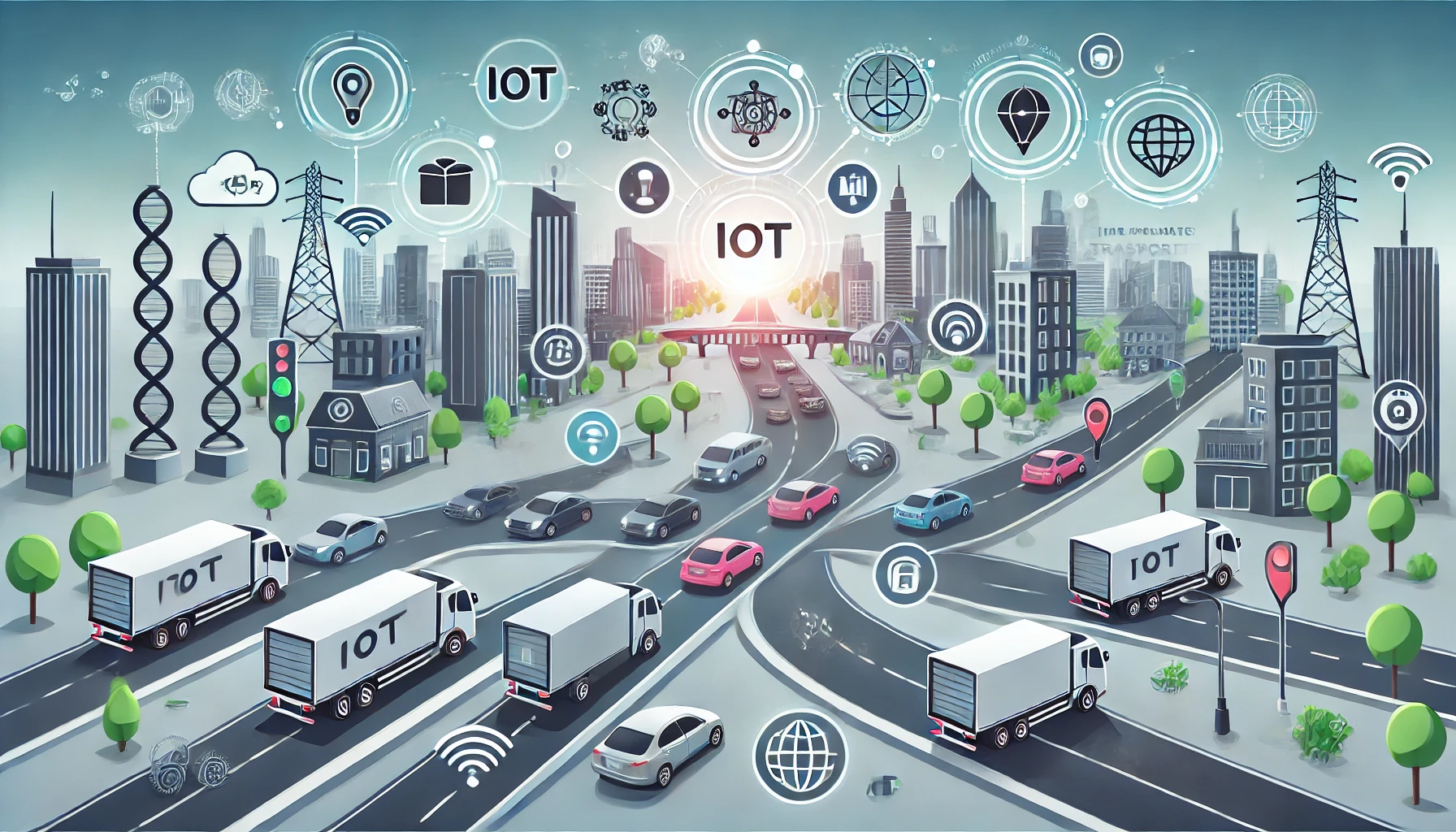
Logistics Meets Mobility: The Future of Integrated Transportation
As the world becomes more connected, the lines between logistics and mobility are increasingly blurring. The rise of e-commerce has led to a surge in urban deliveries, while growing urban populations are putting immense pressure on mobility systems. The future of transportation will require a seamless integration of logistics and mobility solutions to create smarter, more sustainable cities.
Problem Description: Integrating Logistics with Smart City Mobility Solutions
The increasing demand for same-day deliveries and the rise of e-commerce have led to a surge in delivery vehicles in urban areas. At the same time, cities are implementing smart city technologies to improve mobility. The challenge is to integrate logistics operations into these smart city frameworks without causing additional congestion or delays.
Innovative Solution: Smart City Logistics and Mobility Platforms
AI-powered platforms are emerging to integrate logistics with smart city mobility solutions. By leveraging IoT sensors, real-time data analytics, and AI-driven decision-making, these platforms manage the flow of both goods and people within urban environments. For instance, smart traffic lights can prioritize delivery trucks during off-peak hours while optimizing traffic for commuters during rush hours.
Conclusion: Navigating the Intersection of Logistics and Mobility
While logistics and mobility may seem like separate fields, they are deeply interconnected in the context of modern transportation systems. The growing demand for efficient goods delivery and seamless personal transportation requires innovative, AI-powered solutions to manage these complex systems. Predictim Globe is at the forefront of this transformation, leveraging AI and data-driven platforms to optimize both logistics and mobility in urban and global contexts.
As cities continue to grow, the need for integrated logistics and mobility solutions will become even more pressing. With the right tools and approaches, businesses, urban planners, and policymakers can create transportation systems that are both efficient and sustainable, meeting the needs of both goods and people in a rapidly evolving world.

